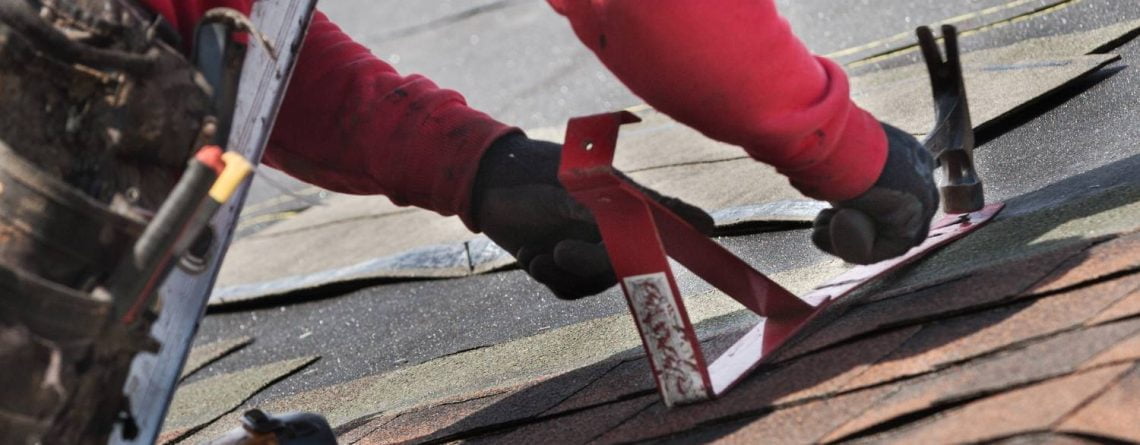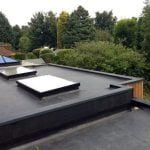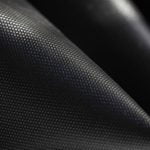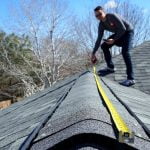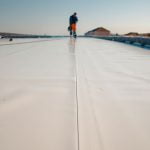
Even though EPDM roofing is notoriously easy to install, we know that those taking on their DIY projects might find it initially confusing, especially if they’re exploring the rubber system for the first time. Still, as your local roofing experts, we’re here to help.
We’ve supported thousands of rubber roofing installations across the country and can help you with any questions or concerns you might have along the way. So, if you’re installing this material for the first time, here are the common installation errors we encounter, which can help you identify problems early and prevent costly mistakes.
Proper Installation is Crucial to Ensure Optimal Performance & Longevity
Tips from roofing experts

1. Inadequate Surface Preparation
The most common mistake during an EPDM roof installation begins with inadequate surface preparation, which must be perfect to ensure correct adhesion and prevent leaks. More.
Our best tips before installing the membrane:
- The substrate should be clean, dry and free from debris.
- The existing roofing material, such as old shingles or flat, should be removed.
- The substrate should be inspected for damage or irregularities.
- The surface should be primed to enhance adhesion and promote watertight seals.
Products to use:
2. Poor Seam Preparation and Sealing
Seam preparation and sealing are critical components of the EPDM roofing installation, as improper seam preparation can lead to cracks and premature membrane failure.
How to avoid making errors:
- Ensure the seams are properly overlapped, cleaned, and primed before applying adhesive or tape.
- The seam tape or splice adhesive should be applied evenly and pressed firmly to create watertight seals.


3. Incorrect Adhesive Application
Another common roof installation error is using the wrong type or amount of adhesive. The adhesive must be applied evenly and in the correct quantities to ensure proper bonding between the membrane and substrate. Follow our manufacturer’s instructions, guidelines and recommendations here.
Additionally, it would be best to allow sufficient time for the adhesive to drive before installing the rubber membrane to prevent slippage or delamination.
See adhesive products to use to help with your installation.
4. Improper Installation of Flashings and Accessories
Flashings and accessories, such as drip edges, termination bars, and pipe boots, play a vital role in ensuring the integrity of an EPDM roofing system.
The improper installation of these accessories and flashings can affect the roof’s performance and longevity.
Our tips and tricks:
- Flashings should be securely fastened and sealed to prevent water intrusion in vulnerable areas like roof edges, corners and penetrations. See tools and accessories for corners.
- You must use compatible materials and techniques.


5. Neglecting Regular Maintenance
Even a correctly installed rubber roof requires regular maintenance to ensure its performance.
Failure to carry out routine maintenance tasks, such as cleaning debris from the surface and inspecting seams and flashings for signs of wear, tear, and damage.
Regular rubber roof maintenance also helps identify potential problems early and allows for timely repairs, which will minimise the risk of leaks.
Adhering to our guidelines, following best practices, and paying attention to detail means homeowners and contractors alike can mitigate potential roofing problems and enjoy the benefits of their long-lasting, reliable EPDM roof system.

